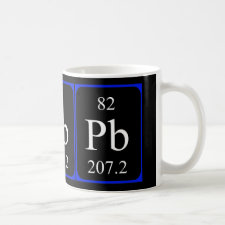
Authors: Zhu LY, Zhu ZL, Zhang RH, Hong J, Qiu YL
Article Title: Synthesis and adsorption performance of lead ion-imprinted micro-beads with combination of two functional monomers.
Publication date: 2011
Journal: Journal of Environmental Sciences
Volume: 22
Issue: (12)
Page numbers: 1955-1961.
DOI: 10.1016/S1001-0742(10)60611-0
Alternative URL: http://www.jesc.ac.cn/jesc_cn/ch/reader/create_pdf.aspx?file_no=2011231204
Abstract: A novel ion-imprinted polymer, lead ion-imprinted micro-beads with combination of two functional monomers, was synthesized using the W/O/W polymerization method. Two functional monomers, 1,12-dodecanediol-O,O'-diphenyl-phosphonic acid (DDDPA) and 4-vinylpyridine, were used to form a suitable construction with micro-pores fitting the template and recognition sites. The effects of adsorbent dosage, solution pH and the competitive ions on the adsorption and separation efficiency of lead ions were investigated. The lead ion-imprinted micro-beads were efficient for lead ions removal from aqueous solution in a broad pH range (4–9), when the adsorbent dosage was above 0.1 g/L. The adsorption process obeyed the pseudo second-order kinetics model and it only took half an hour to reach the equilibrium. The adsorption isotherm of lead ion was described by the Langmuir model (R2 >0.99) with a maximum adsorption capacity of 116.9 mg/g. In the presence of competitive ions Co2+ and Cd2+, the lead ion-imprinted micro-beads showed a high selectivity for lead ions. The selectivity coefficient of Pb2+/Cd2+ and Pb2+/Co2+ are 99.3 and 114.7, respectively.
Template and target information: lead ion, Pb(II)
Author keywords: adsorption, lead ion-imprinted micro-beads, lead ions, Recognition, selective separation



Join the Society for Molecular Imprinting

New items RSS feed
Sign-up for e-mail updates:
Choose between receiving an occasional newsletter or more frequent e-mail alerts.
Click here to go to the sign-up page.
Is your name elemental or peptidic? Enter your name and find out by clicking either of the buttons below!
Other products you may like:
 MIPdatabase
MIPdatabase









